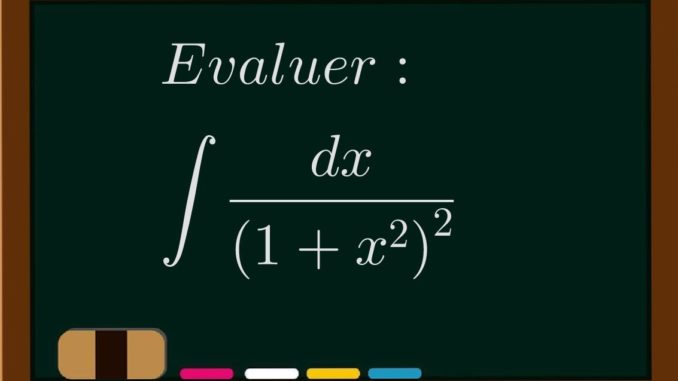
This method is used to isolate the algebraic part in indefinite integral of the rational functions![]()
To find ![]()
This is the Greatest Common divisor of ![]() and its derivative.
and its derivative.
To find ![]() :
:![]()
To find ![]() and
and ![]() we use partial fractions decomposition.
we use partial fractions decomposition.
Finally we take the derivative of both sides.
We carry out the integration.
Evaluate: ![]()
![]()
![]()
![]()
Greatest common divisor of ![]() and
and ![]()
![]()
![]()
Now we put all together:
![]()
Now we take the derivative of both sides:![]()
We get:![]()
![]()
![]()
![]()
Common denominator:![]()
![]()
![]()
Checking the equality:![]()
![]()
![]()
![]()
But:![]()
![]()
Putting it back:
![]()
Finally:![]()
Alternate methods:
Trigonometric substitution:
Evaluate: ![]()
Let:![]()
![]()
![]()
![]()
![]()
![]()
![]()
![]()
![]()
Back to ![]() :
:![]()
![]()
Finally:![]()


Be the first to comment